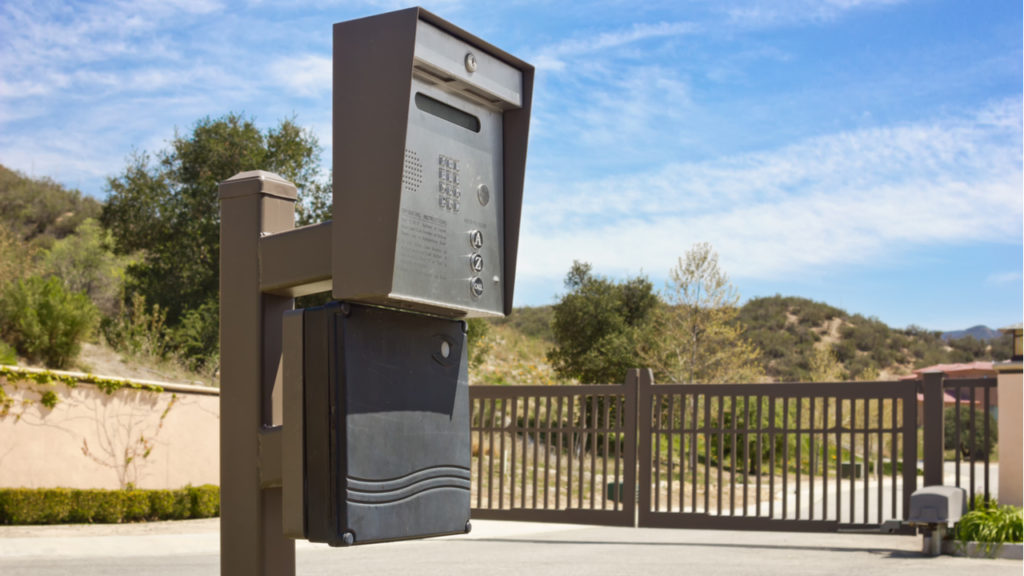Entry Into the Community
If you haven’t waited in the long line at the entrance to a community, you’re one of few. It’s a frustration many encounter in their own neighborhoods, or the neighborhood of a friend. The common culprit—an outdated entry system. To make matters worse, the overall security of the community is likely suffering.
While the stacking at the entrance of a community may seem like a small nuisance, it can become a bigger problem if the community is located near a busy road. That’s because cars get backed up and overflow into the street, causing unexpected traffic delays and possibly accidents.
The most common, out-of-date system that can cause these problems is a telephone entry system. In terms of smooth entrance transactions, this system is the most likely to fail. Not only is a call box itself typically unreliable and susceptible to malfunctions, but codes are also easily forgotten or misused. When that happens, guests can spend large amounts of time scrolling through hundreds of names to find the right one.
A telephone entry system also leaves communities less secure. If it’s a system with a four-digit code, then the numbers can easily be determined—even if each resident has their own code. That can actually makes it easier for an unwelcome visitor to guess and gain access.
Some communities make it easy with just one code. While that could often decrease the chances of stacking for the community, having one code that anyone can use is ineffective in making sure the neighborhood is safe. It can be easily shared or widely known to people outside of the community.
Solutions to Stacking and Other Entry Gate Issues
There are solutions to solving the ever frustrating entrance wait while securing a community though, and it’s easier than you think. Just as technology has advanced for phones, computers, and televisions, it has also progressed for entry systems, and even gate guards.
Systems with virtual guards can be extremely effective for multiple areas of a community, especially a gate. Instead of a call box, there’s an innovative kiosk. Instead of an onsite guard, guests talk with a licensed guard located at a remote location. This speeds up the process with an almost automatic greeting for the guests, while also verifying each visitor and who he or she is going to see.
Even a virtual guard system has become advanced with automatic driver’s license scanners and automated license plate recognition systems, like the cameras used at toll stations. These systems have transformed gate security with their speed and verification process of people and vehicles.
Commitment to Improved Security
It’s not always easy to transfer to an automated system. Having an onsite guard present can enhance and make the transition smoother if a community does not want to switch to full automation right away. The guard can monitor the main gate through the same software that the kiosk uses, while a virtual guard can monitor any other gates if the community uses them.
We live in a technologically advanced world. It’s important to keep up with the growth in many aspects of life. Not only does updating a community entry enhance the access process, but communities as a whole can be much safer with a specific and detailed system tailored to what a neighborhood needs.
You can read the original article here: Community – CAI West Florida

